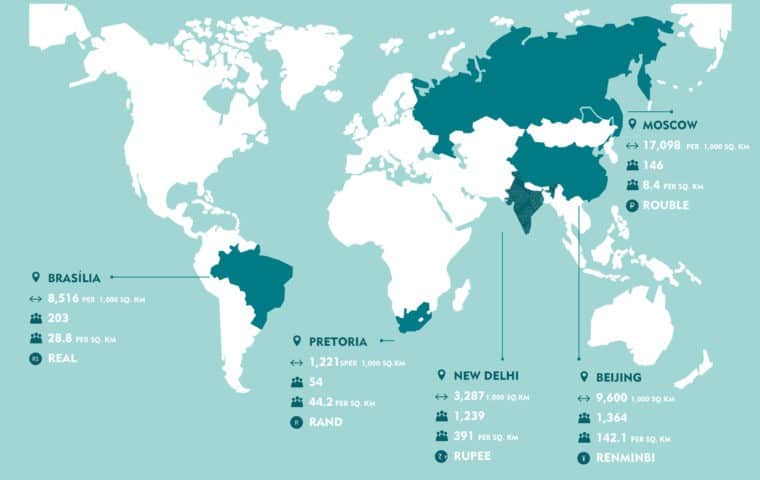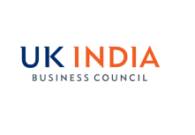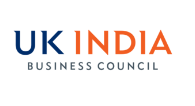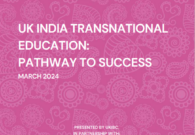India – Best of the BRICS analysis
In light of the BRICS Summit 2016, held in Goa last week, we look at India compared to the other four members, Russia, China, Brazil and South Africa

The combined rapid growth of five major emerging economies was the success story of the early 21st century. It was especially significant because these five countries together account for as much as 42% of the world’s population. A decade later, the story may have changed, but they still make for some of the brightest spots in the global economy, especially China and India. While Russia, Brazil and South Africa have seen a considerable decline in their performance, China and India continue to impress. Of late, India has surged ahead of China as far as the annual GDP growth rate is concerned, and looks set to maintain or notch even higher rates in the years to come. However, there are also other measures of progress which are important while comparing these countries. Nonetheless, India continues to perform impressively on multiple fronts and with a newfound vigour, it is increasingly being seen as the best of BRICS.
Demography
The slowdown in China’s economy took many by surprise, however Ruchir Sharma writes in the Foreign Affairs that “China’s population is simply too big and aging too quickly for its economy to continue growing as rapidly as it has.” While an aging population is slowing China down, India is emerging as a young and energetic force in the world. Its demographic dividend is a big advantage over its peers. Almost half of India’s population, 605 million people, are under the age of 15. The Economist noted that India will soon have a fifth of the world’s working-age population. And it is precisely this group of people who produce, consume and invest in the greatest quantity. However, merely having a young population is not enough. India must take the necessary steps to build a literate and skilled workforce. Only then can its potential be unlocked.
Infrastructure
Businesses require a strong logistics network for their operations. They depend on it. India recognises the need for a world class infrastructure and is expected to spend around US$ 1 trillion on this sector by 2020. The introduction of bullet trains will also be a welcome step. In line with its infrastructural goals, India has also set 2019 as the target to be a power surplus country in a bid to reassure investors that they will not be power starved. These are signs of a government which is goal oriented, and India will find itself in a perfect position to capitalise on its economic growth, should these timelines be met.
Democracy
India’s status as the world’s largest democracy can also be an attraction for investors, given that it would be desirable to operate in an environment where one’s civil and political rights are respected. In the latest Freedom House report in 2016, India got an aggregate score of 77 and was labelled as a ‘free’ country. While this is a significantly higher score than China’s and Russia’s, it falls behind South Africa and Brazil, which scored 79 and 81 respectively. The margin of difference, although not decisive, should keep the Indian Government on its toes.
Quality of Life and Competitive Climate
While India’s performance on these fronts is admirable, there are other measures of progress where it lags behind. The World Economic Forum (WEF) states that despite India’s rapid growth, it has “…the lowest per capita GDP of $5,238 among the other members of the bloc and is also lagging behind the other BRICS economies in terms of quality of life.” More must be done to improve people’s lives and bring it up to a standard where it can compete with other nations. Moreover, in WEF’s Global Competitiveness Index 2015-2016, India is ranked 55th, which is below all other BRICS countries apart from Brazil. What affected India’s ranking were issues such as poor digital connectivity and infrastructure in comparison to other BRICS countries. However, it must be noted that India’s rank is a notable improvement over the previous year, when it stood at 71.
Social Progress
Another critical indicator of a country’s standing is its propensity for social progress. This is relevant for businesses because it allows them to explore the level of social impact they can create and measure how much of a non-economic contribution then can make to a country.
In the Social Progress Index (SPI) developed by the Social Progress Imperative, a non-profit organisation based in Washington, “Brazil (70.89) surpasses all the other member countries, followed by South Africa (65.64), Russia (63.64), China (59.07) and India (53.06).” Interestingly, a recent analysis by Deloitte has demonstrated the relation between social progress and Foreign Direct Investment.
India comes third in the bloc with a healthy lead over China and Russia, however, trails behind Brazil and South Africa.
It is therefore quite clear where the strength of the Indian economy lies. It lies in its rate of growth, it lies in its demographic dividend, it lies in its potential to be the workforce of the world. However, when it comes to domestic social indicators such as income levels and social progress, India is unable to compete with the leaders. Nevertheless, a new sense of purpose in combination with a plethora of new initiatives such as Digital India and Make in India should overtime ensure that India is not just able to compete at the top, but thrive as a leader.







